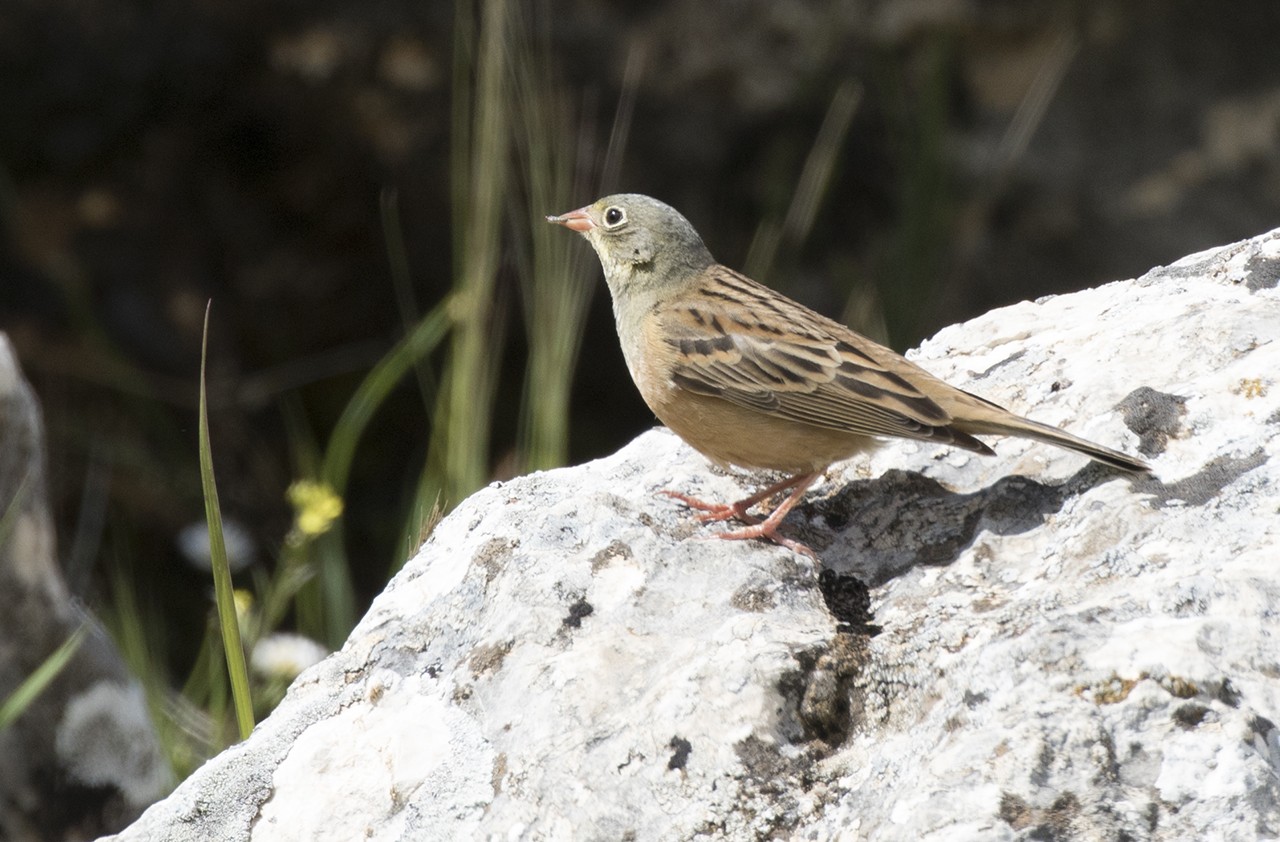Ortolan Bunting
A species of Old World Buntings Scientific name : Emberiza hortulana Genus : Old World Buntings
Ortolan Bunting, A species of Old World Buntings
Botanical name: Emberiza hortulana
Genus: Old World Buntings
Content
Description People often ask General Info
 Photo By Zeynel Cebeci , used under CC-BY-SA-4.0 /Cropped and compressed from original
Photo By Zeynel Cebeci , used under CC-BY-SA-4.0 /Cropped and compressed from original Description
The ortolan bunting is 16–17 cm (6.3–6.7 in) in length and has a wing-span of 23–29 cm (9.1–11.4 in). In appearance and habits it much resembles its relative the yellowhammer, but lacks the bright colouring of that species; the ortolan's head, for instance, is greenish-grey, instead of a bright yellow. The song of the male ortolan resembles that of the yellowhammer. 
Size
17 cm
Nest Placement
Ground
Feeding Habits
Ortolan Bunting's diet mainly includes seeds, particularly millet, which it consumes in large quantities, especially when in captivity. In the wild, ortolan Bunting forages for seeds and insects. It has the unique behavior of gorging to double its size when kept in dark enclosures.
Habitat
The ortolan Bunting favors a mix of open, cultivated areas with scattered trees, small weedy fields, and unmade farm tracks. It resides across Eurasia, from Europe to western Asia, adapting to habitats including forest clearings and peat bogs. During migration, ortolan Bunting may inhabit desert-steppes, while breeding at elevations up to 2500 meters. Winters are spent in semi-arid cultures and highland grasslands between 1000 and 3000 meters, typically avoiding dense forests and coastal zones.
Dite type
Granivorous
General Info
Feeding Habits
Bird food type
Behavior
Ortolan nests are placed on or near the ground. The maximum age recorded is 6 years and 10 months for a bird found dead in Switzerland. Seeds are the natural diet, but beetles and other insects are taken when feeding their young. 
Distribution Area
A native of most European countries and western Asia. It reaches as far north as Scandinavia and beyond the Arctic Circle, frequenting cornfields and their neighbourhoods. It is an uncommon vagrant in spring, and particularly autumn, to the British Isles. It was spotted at Kenjar Coastal Karnataka, India, in November 2018 and photographed by Birdwatchers. Some birders commented that it is the first photographic record of an ortolan bunting in India. 
Species Status
Not globally threatened.
Scientific Classification
Phylum
Chordates Class
Birds Order
Perching birds Family
New world sparrows Genus
Old World Buntings Species
Ortolan Bunting